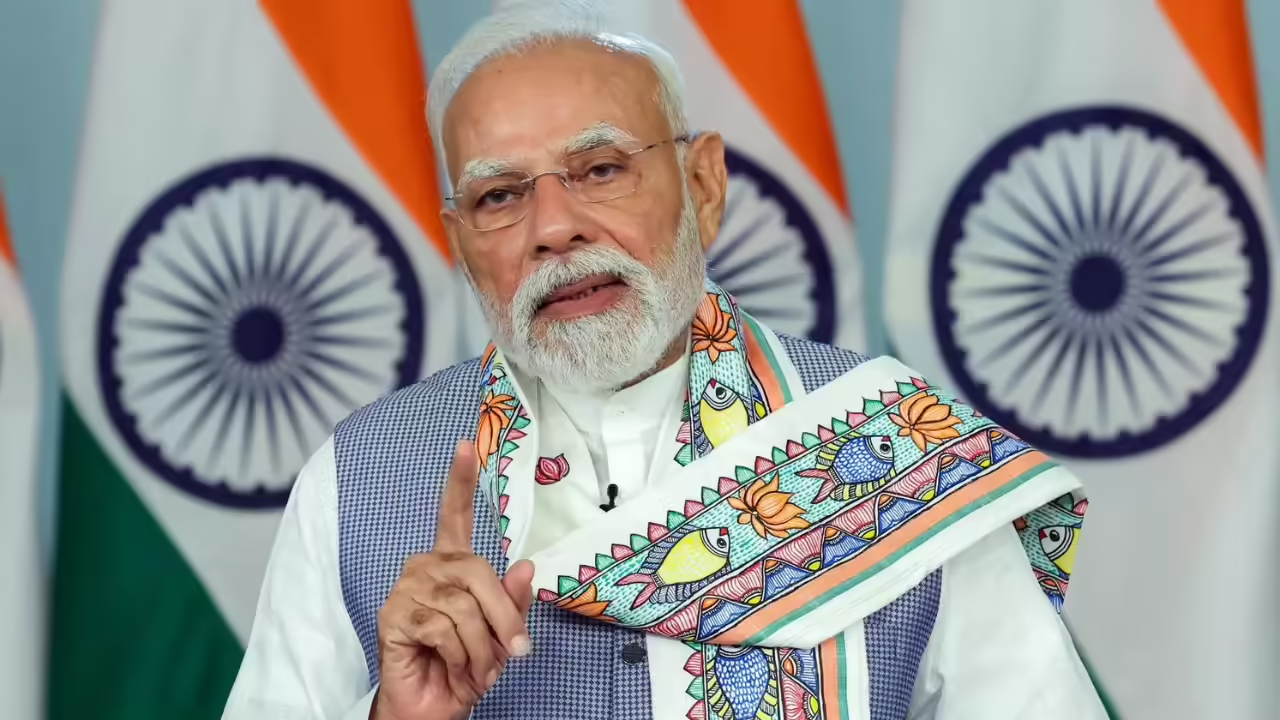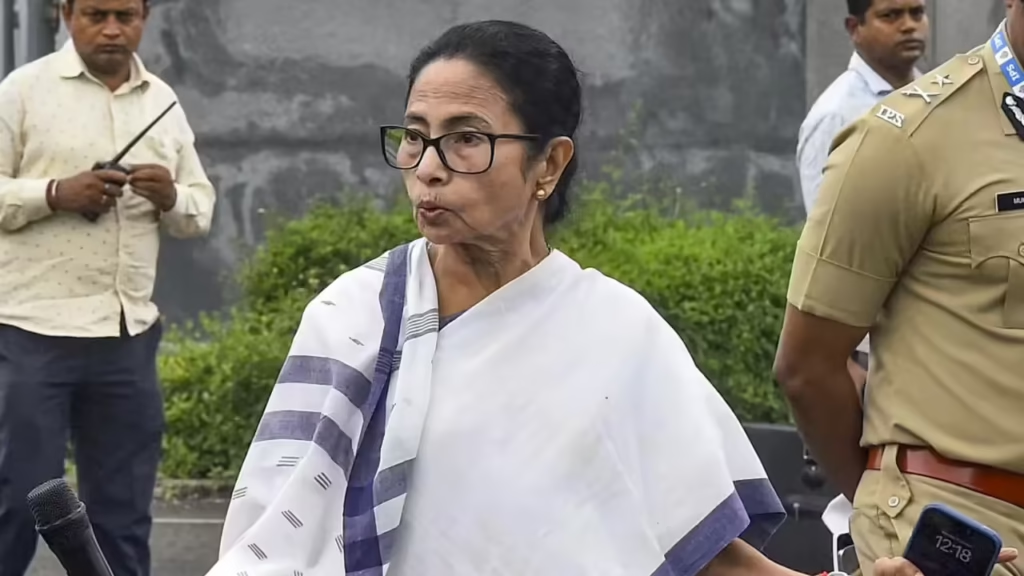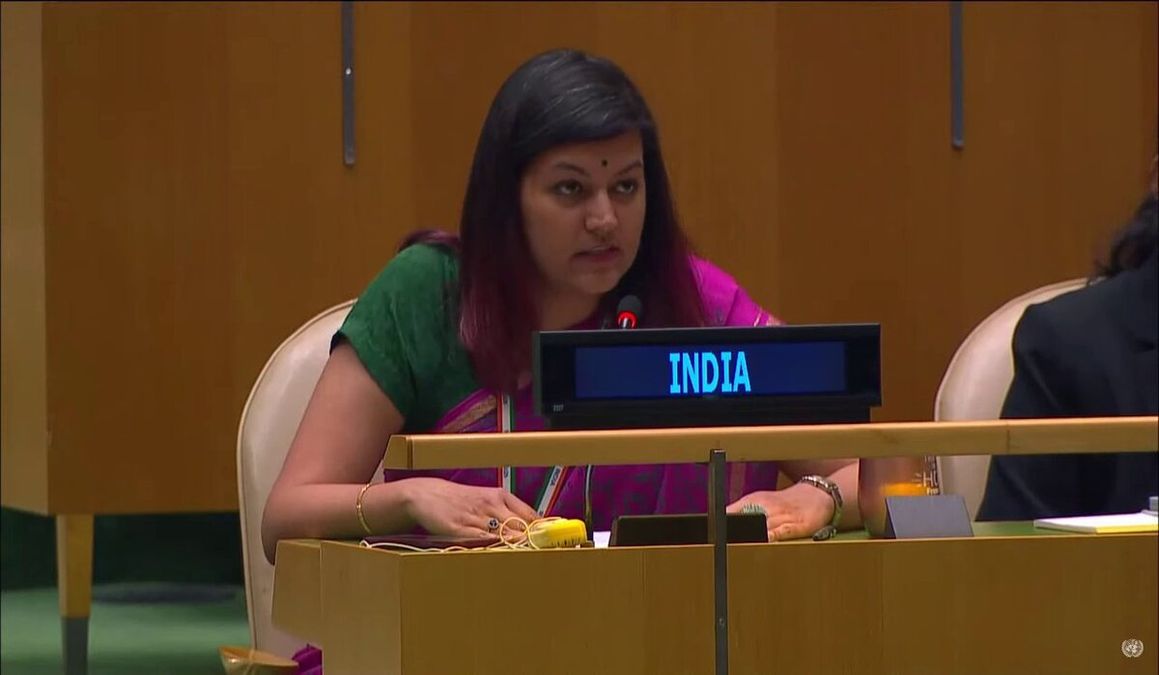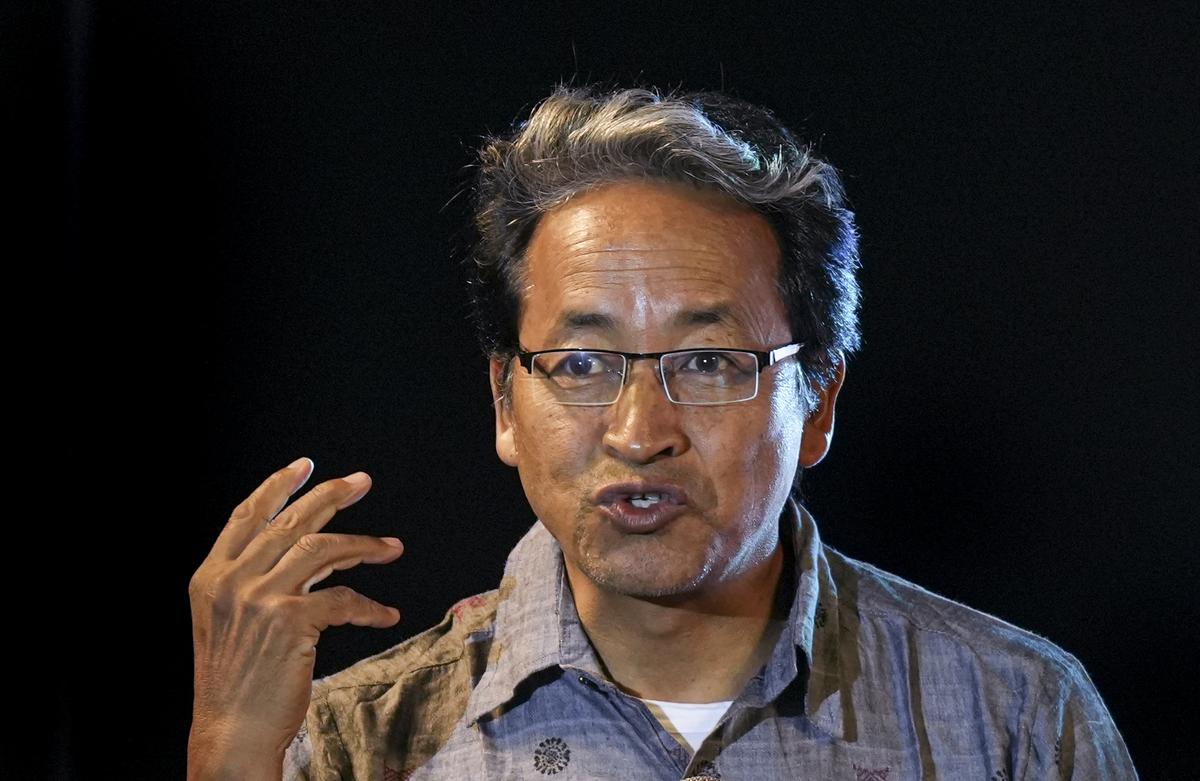Now Reading: Will Bihar’s “Brahmastra” DBT Scheme Redefine Gender Politics in 2025 Elections?
-
01
Will Bihar’s “Brahmastra” DBT Scheme Redefine Gender Politics in 2025 Elections?
Will Bihar’s “Brahmastra” DBT Scheme Redefine Gender Politics in 2025 Elections?

In a bold pre-election move, the Bihar government under the NDA has launched a direct benefit transfer of ₹10,000 to 75 lakh women under its “Brahmastra” scheme. The objective: women’s empowerment, livelihood support and election impact. But will it really shift voting patterns in Tier-2 and Tier-3 regions of the state? Here’s a closer look.
What Is the “Brahmastra” DBT Scheme?
The scheme entails a one-time deposit of ₹10,000 directly into the bank accounts of 75 lakh women.
It’s framed as part of a larger initiative—“Mukhya Mantri Mahila Rojgar Yojana”—meant to boost women’s economic opportunities.
The total allocation is around ₹7,500 crore.
Political Timing and Strategic Context
With assembly elections approaching, timing is conspicuous.
Leaders from the central government have used this launch to rally women voters and criticize opposition parties.
Past precedents show cash transfers before polls often become focal points for debate over “welfare vs vote buying.”
Benefits vs Risks
For many women in rural areas, direct financial assistance can ease immediate hardships—health, education, household needs.
It may also improve access to micro-enterprise financing or small commerce.
But critics argue the impact could be short-lived if sustainable support and infrastructure don’t follow.
Questions linger whether the scheme will continue beyond elections or merely serve as a one-time stimulus.
Impact in Tier-2, Tier-3 Zones
In smaller towns and villages, access to banking, financial literacy, and awareness varies widely.
Women without digital literacy or banking access could face challenges in receiving or utilizing funds.
Local power dynamics, caste equations, and political loyalties may influence how the scheme is perceived and used.
Opposition Claims and Skepticism
Opposition parties have accused the government of using the scheme to sway voters, calling it “electoral bait.”
They also point out there is no guarantee of repeat disbursements and warn that funds may not reach the intended beneficiaries due to leakages.
Some critics demand clarity on selection criteria and monitoring mechanisms.
What Would Determine Its Success
Sustained impact depends on follow-through—ensuring women use the money for productive purposes, linking them to employment, financial training, and market access.
Transparent implementation, independent oversight, and grievance redressal must accompany the scheme.
If women see lasting benefits beyond election season, perception will tilt toward credibility.
Conclusion
The Brahmastra DBT scheme is a high-stakes gamble—part welfare, part political strategy. In the mosaic of Bihar’s rural and small-town electorate, its real test lies in execution and sustained outcomes. For women in Tier-2 and Tier-3 areas, the hope is that this isn’t just financial relief but a step toward long-term inclusion and economic participation.

























